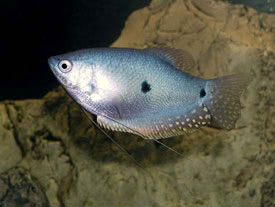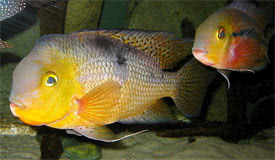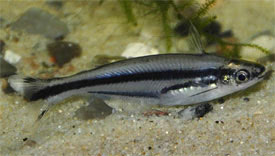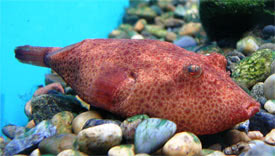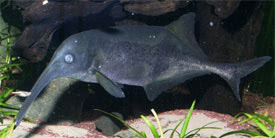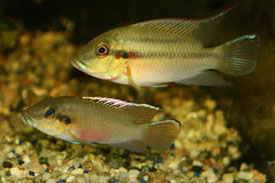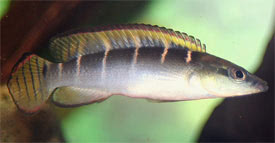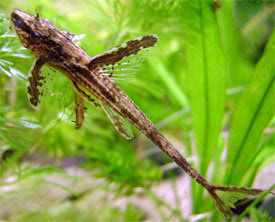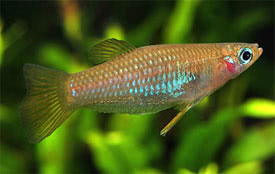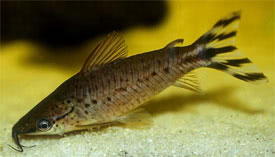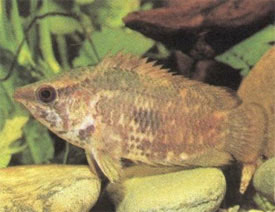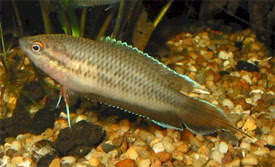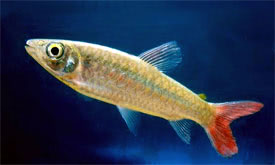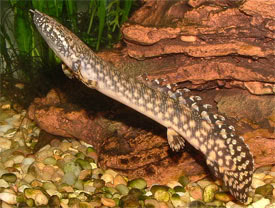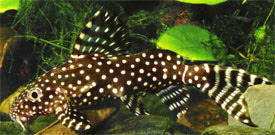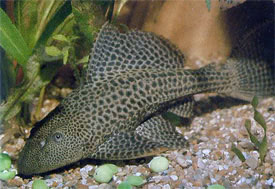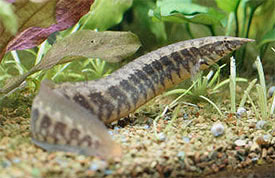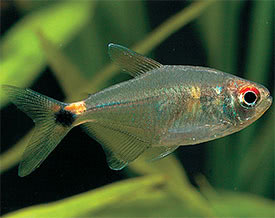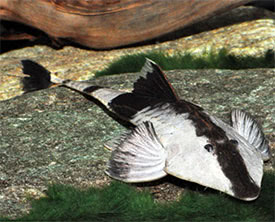
 Magyarul / Hungarian
Magyarul / Hungarian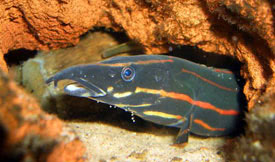
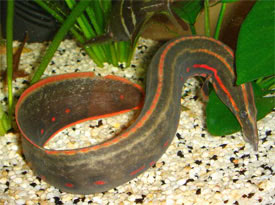
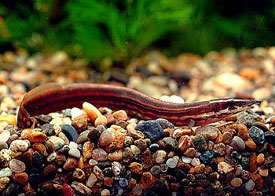

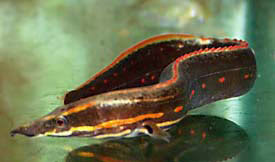

- Scientific name: Mastacembelus erythrotaenia
- Synonyms: Macrognathus erythrotaenia
- Common name: Fire Eel
- Group: Other fishes
- Habitat: Southeast Asia; Thailand, Burma, Sumatra, Borneo
- Size: 55 cm
- Biotope: Inhabits in moving water with a soft riverbed
- Social behavior: Should be kept alone or with other fishes of similar or larger size, since they will not tolerate tankmates of their species. A nocturnal predator.
- Diet: Carnivorous; all type of live foods: Tubifex, Daphnia, Cyclops, brine shrimp, mosquito larvae.
- Breeding: Very rare in the aquarium.
- Tank: Minimum 200 litres
- Population: 1 fish for 200 litres
- Decoration: Needs a bottom of soft sand with hardy plants and such hiding places as stones, inverted pots or caves. Use floating plants to reduce light. The water should be well aerated.
- Temperature: 24-27°C
- pH: 6-7,5
- Hardness: 5-19NK°
- Lifespan: 8-10 years
Description: The fire eel is an extremely elongated fish with a very distinctive pointed snout and underslung mouth. The body is dark brown, while the belly is light gray-brown. The pattern varies from fish to fish. Usually several bright red lateral stripes and spots mark the body. These vary in intensity depending on the age and condition of the specimen. Usually the markings are yellow with juvenile fish, changing to red in larger ones. Often the anal, pectoral, and dorsal fins have a red edging. The name "eel" is a reference to the body shape; the fire eel is not a true eel. Will burrow in substrate, but not as often as other Mastacembelus species. The Fire Eel can become affectionate towards its owner, often taking foods from the hand.
Mature females are plumper than males, quite difficult to sex however. For breeding use a large tank with a pH around 7.0, a water hardness from 10-15 dH, and a temperature from 27-29°C. They are plant spawners that lay 800-1200 eggs in floating plants. The eggs are clear and measure around 1mm in size. The young grow very quickly and will gorge themselves on as much food as offered. Care should therefore be taken not to overfeed them.












